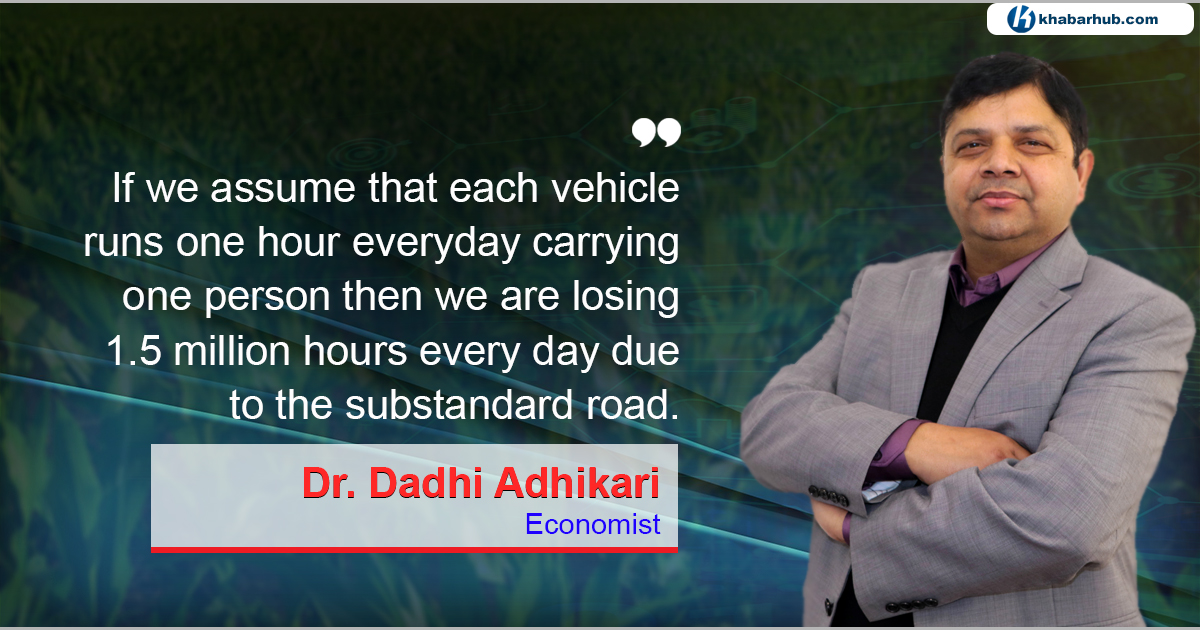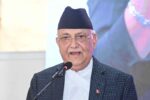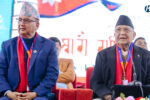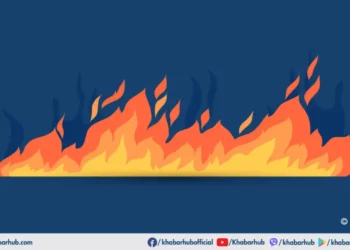Desire to see my ageing parents took me to Dang, a district in mid-western Nepal from Kathmandu, last month. I was told that covering 288 miles of road via public transportation would take 12 hours. However, I decided to drive my car all the way to save time.
In 2017-18, Nepal imported 4,88,675 KL petrol and 15,88,869 KL diesel which cost NRs 204 billion. That means we could save NRs 100 billion only in fuel if we have quality roads.
Against my expectations, the car drive also took 12 hours whereas I could cover the same distance in just six hours by car in the USA (Albuquerque to Colorado Spring). Unlike in USA, travel to my home district was not smooth given the poor conditions of the road in terms of infrastructure and traffic congestion. My journey home forced me to delve into a broader picture concerning infrastructure and national economy.
Inferior infrastructure incurs a heavy cost to the society. Had the road quality in Nepal been on a par with the US standard,I could have saved half the amount of fuel that my car consumed. My car would depreciate less and I could save six-hour time to attend to other works.Every day, all people traveling in Nepalese roads are facing similar problems.They are spending double the amount of money and time for their journey and their vehicles are being depreciated faster. Now, let’s look at some figures.
Internet search shows that while average age of cars in India is 80 thousand miles, it is 150 thousand miles in the USA (NBC news based on consumer reports).
In 2017-18, Nepal imported 4,88,675 KL petrol and 15,88,869 KL diesel which cost NRs 204 billion. That means we could save NRs 100 billion only in fuel if we have quality roads. Furthermore, Department of Transport Management reports that there are about 3 million motor vehicles registered in Nepal. If we assume that each vehicle runs one hour everyday carrying one person then we are losing 1.5 million hours every day due to substandard road.
According to an ADB report, value of non-work time for those who use motor vehicles to commute is, on average, NRs 31 per hour (Motorcycle 27 NRs/hr, Bus 21 NRs/hr, car 45 NRs/hr). The value of lost time thus comes to be NRs 8.4 billion per year. Finally, according to the Department of Transport Management data, 3,43,765 new vehicles were registered in the FY 2072/73. Internet search shows that while average age of cars in India is 80 thousand miles, it is 150 thousand miles in the USA (NBC news based on consumer reports).
If average price of a vehicle is assumed to be NRs 200 thousand then Nepal would save about NRs 30 billion every year. The total loss due to poor road quality thus adds up to NRs 139 billion which is about 10 percent of country’s trade deficit. This is so far the direct cost of poor roads in Nepal.
Since, Nepal’s road quality index is far less than that of India (according to World Economic Forums report, India’s score is 4.3 and that for Nepal is only 2.8) average life of a car in Nepal is less than 80 thousand miles. This suggests that Nepalese people, on an average need to buy two cars while the American people buy one car. That means if Nepal had quality road then the country would import only 150 thousand vehicles in the FY 2072/73. If average price of a vehicle is assumed to be NRs 200 thousand then Nepal would save about NRs 30 billion every year. The total loss due to poor road quality thus adds up to NRs 139 billion which is about 10 percent of country’s trade deficit. This is so far the direct cost of poor roads in Nepal.
Until and unless corruption is not eliminated from the infrastructure development sector, we will not have quality infrastructure and our dream of a prosperous country will never come true.
There are several other indirect costs resulting from substandard roads. Some of them are: increased maintenance cost, accidents, lost opportunity of trade, environmental pollution, decreased fuel efficiency, decreased investment etc. If one could drive from Dang to Kathmandu in 6 hours then a farmer could easily supply his/her fresh vegetables in the Kalimati or Balkhu vegetable market of the capital city. This would increase welfare of both the Kathmandu dwellers as well as the farmers. Fresh milk from Ilam could easily be sold in markets like Narayanghat, Hetauda, and Birgunj.
Road issue is just an example. Entire infrastructure scenario of the country faces the same fate as of the road standing as the major hindrance for the overall development of the country.
Nepal ranks only 126th out of 140 countries in road quality index published by the world economic forum. Nepal’s position is weak in other infrastructures as well.
Another glaring example is that of load shedding problem that had engulfed the nation for years. Energy sector is improving thanks to Kul Man Ghising who successfully curbed the load shedding and reduced electricity leakage. This has not only increased revenue and profit of the Nepal Electricity Authority but also has brought a significant change in the daily life-style of people.
Studies have shown that infrastructure quality and quantity significantly increases growth and reduces inequality via increased investment, trade, productivity and human capital. Unfortunately, Nepal ranks only 126th out of 140 countries in road quality index published by the world economic forum. Nepal’s position is weak in other infrastructures as well.
There may be many reasons behind poor infrastructure quality in Nepal. However, one of the major reasons is corruption. It prevails in every stage of construction project cycle. A few examples are: bribery involved in obtaining contract, collusion between contractors and engineers in using low quality materials and substandard work, among others. Until and unless corruption is not eliminated from the infrastructure development sector, we will not have quality infrastructure and our dream of a prosperous country will never come true. Technical audit of all projects from third party, and social audit of all projects can help to reduce corruption to some extent.
(Dr. Adhikari is a Senior Economist at the Institute for Strategic and Socio-Economic Research. He can be reached at: [email protected])
(Views expressed in this article are the author’s own and do not necessarily reflect Khabarhub’s editorial stance)









Comment